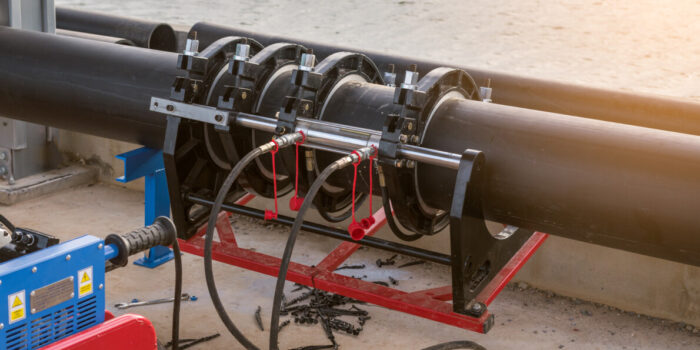One of the most popular welding methods is resistance electric welding, which is also referred to as resistance welding. This process involves joining metal elements together on the basis of their natural properties - electrical resistance. Two elements can connect to each other because heat is released in the metal under the influence of current, as well as the pressure of the electrodes that supply this current. As a result, the metal melts and fuses.
Types of resistance electric welding:
- butt - divided into short-circuit and spark
- point - divided into one-sided and two-sided
- linear - divided into frontal-line and overlap
- humpbacked
Electric resistance welding takes place in three successive phases with the use of welding machines designed for this purpose. They should be operated by persons with welding qualifications.
Phase I
The metal elements are pressed against each other by the welding machine electrodes - after pressing them together, a high-intensity electric current is supplied. As a result, heat is released at the point where metal elements come into contact with each other - the place where the zone of plasticized metal is formed is called the welding nucleus.
Phase II
With the increasing amount of heat released, the weld core grows in size until it reaches the size suitable for the joint with the proper strength. At this stage, the elements are also deformed - the lack of distortion may be a symptom that the welded connection is not made correctly.
Phase III
In the last phase, the power supply is turned off, when the welding nucleus reaches its maximum size, but the weld is still pressed by the electrodes. There is solidification, i.e. recrystallization of the metal at the point of connection.


